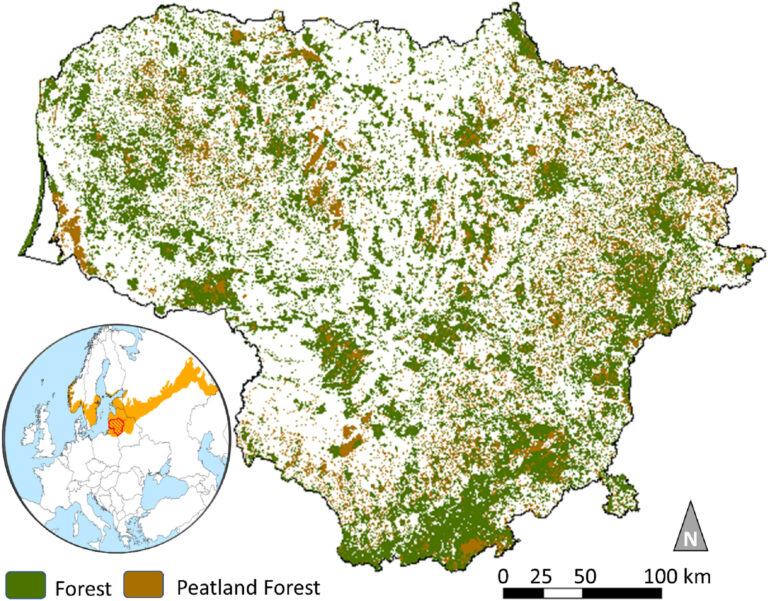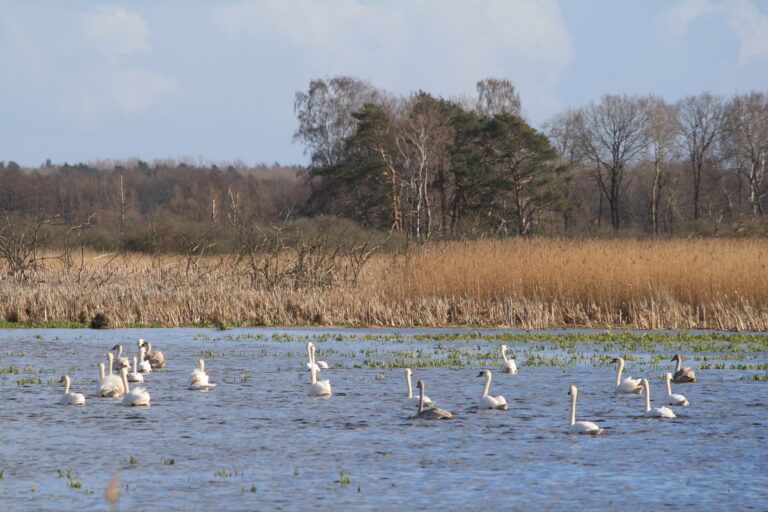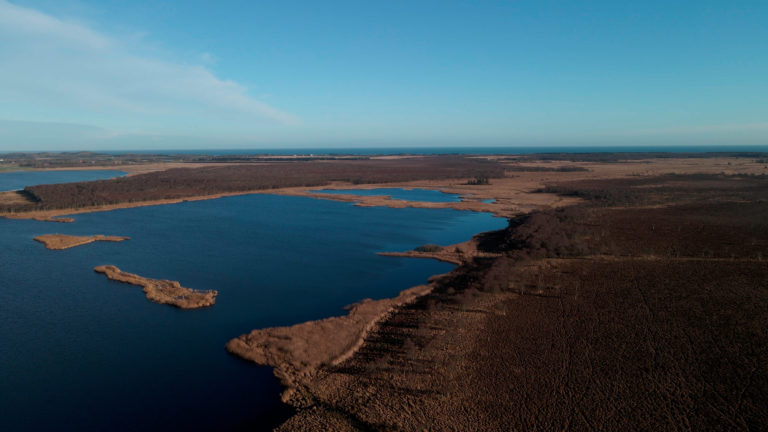Rewetting Lithuania’s Peatland Forests could save €170 million annually
A recent case study conducted in Lithuania by the EU-funded WET HORIZONS project calculated the socioeconomic benefits of rewetting peatlands. The findings suggest that sustainable land practices can lead to significant savings by improving carbon storage and water management.



